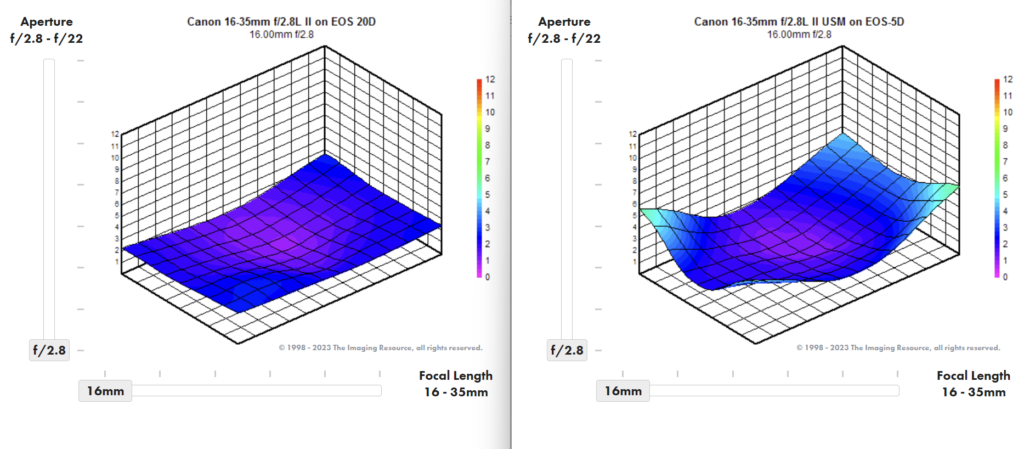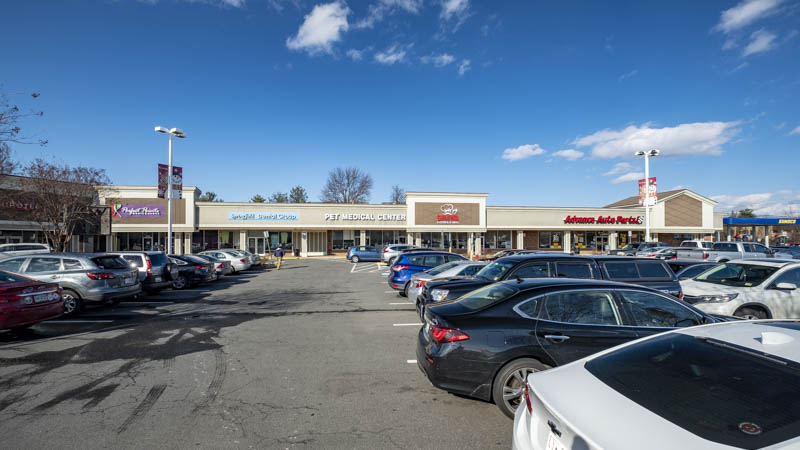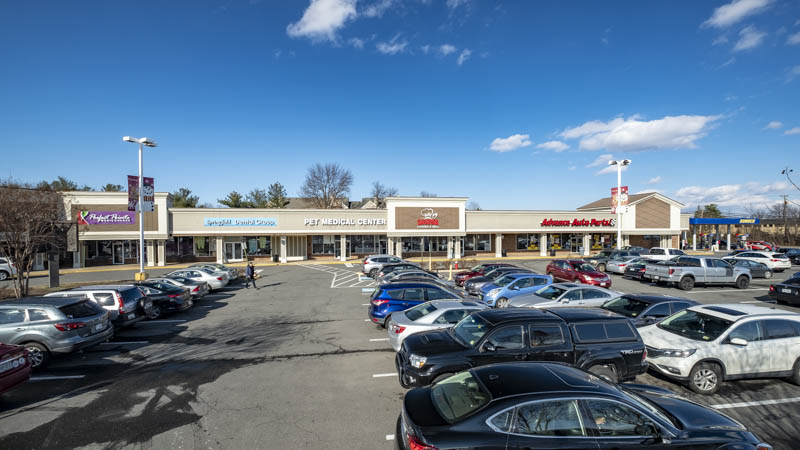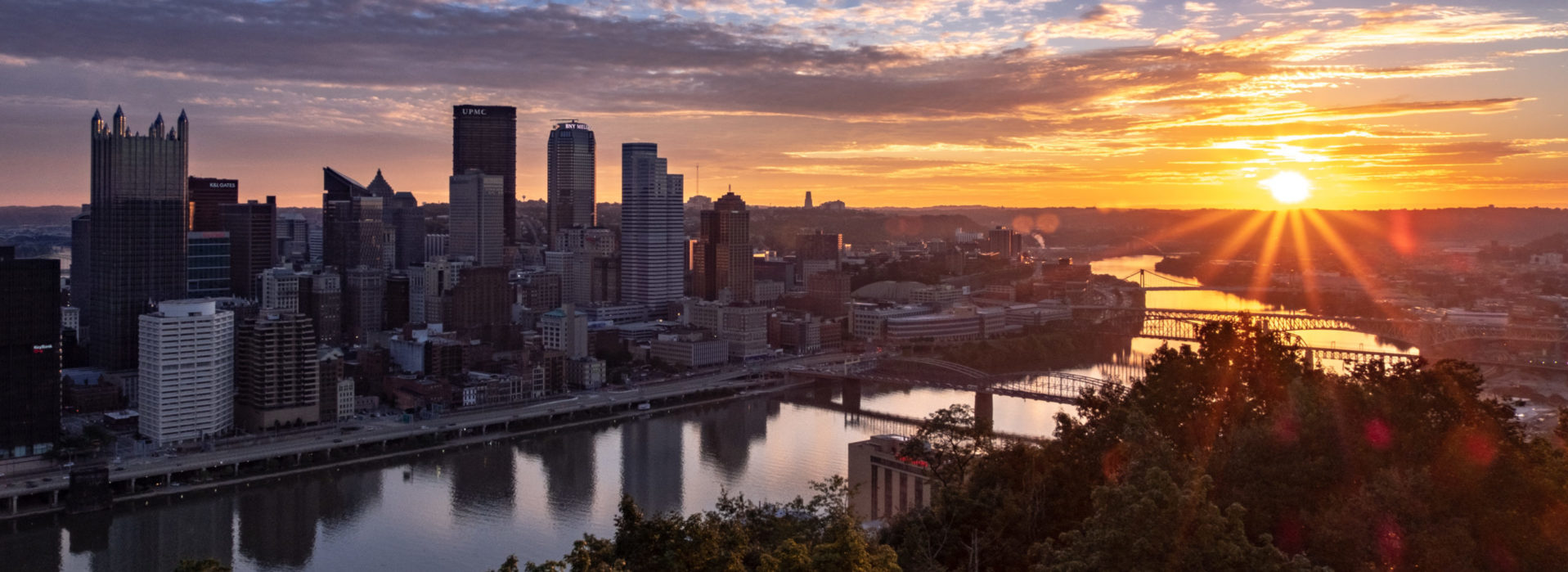Using the Sweet Spot of the lens
The APS-C sensor is smaller than the Full Frame sensor. In theory, a full size sensor would have larger photo sites to gather more light and produce higher image quality. However, I will show that there are other advantages to the APS-C size sensor, and specifically to the Fujifilm X-Trans APS-C sensor.
The APS-C, by virtue of it’s size uses the center, sweet-spot of any lens. For example, the Canon EF 16-35mm f/2.8 lens works on both an APS-C and a full-frame sensor. But it performs much better on the APS-C sensor because it uses the lens’ central sweet spot.

Bending the light through the elements of a lens to fill the whole frame simply requires too large a lens, or it has to compromise in other ways.
Because Fujifilm does not produce full frame cameras. they can focus (literally) their system on the APS-C sensor, Fuji is able to optimize the entire ecosystem to take advantage of the smaller sensor. The Fujifilm 40 megapixel X-Trans sensor is arguably the best APS-C sensor on the market today, rivaling the best full frame sensor.
Greater Depth of Field
The depth of field (DOF) is the distance between the nearest and the furthest objects that are in acceptably sharp focus in an image captured with a camera. For the same field of view (width of view), a full frame camera will produce a shallower DOF.
While portrait photographers usually prefer a shallow depth of field, to isolate the subject, architectural photographers generally want greater depth of field so that the entire subject is in focus. For this reason, APS-C cameras are preferred for architectural and real estate photography.
Smaller Cameras and Lenses
Because of the smaller sensor, both the camera and the lens can be smaller and lighter. Or, conversely, the same size lens produces a much sharper image, with very little chromatic aberration, vignetting, or geometric distortion. For example, the Fujinon XF 16-55 f/2.8 ($1,199), is a medium sized lens, with the performance of a larger lens, and at a lower price.
Size is more important than just convenience and price. With smaller/lighter gear, you are more likely to bring more gear with you. For example, you may bring two cameras, one with an ultra-wide lens attached, and another with a medium or zoom lens. This eliminates the need to change lenses, which saves time, and reduces the likelihood of dust or moisture contaminating the sensor.
Changing lenses takes precious time during the critical twilight minutes, when you need to take shots from 10 or 20 locations using different focal lengths to get the right composition. Optimal lighting often only lasts 15-30 minutes. At those times, seconds matter.
A technique that I sometimes use is to place the camera on a 12′ pole and take photos from over head. This helps to reduce the parallax (perspective) error caused by looking up at a building.
When shooting across a parking lot, it also helps to reduce the prominence of the cars in the photo. Handling a heavy camera at the end of a 12′ pole would be unwieldy, and could be dangerous.


These two photos were taken at the same time, from the same location. The photo taken at 6′ above ground is dominated by the cars in the foreground, while the photo taken at 12′ still shows the cars (which is good because it shows a busy shopping center), but the building is more clearly visible, and one or two cars don’t dominate the scene.
